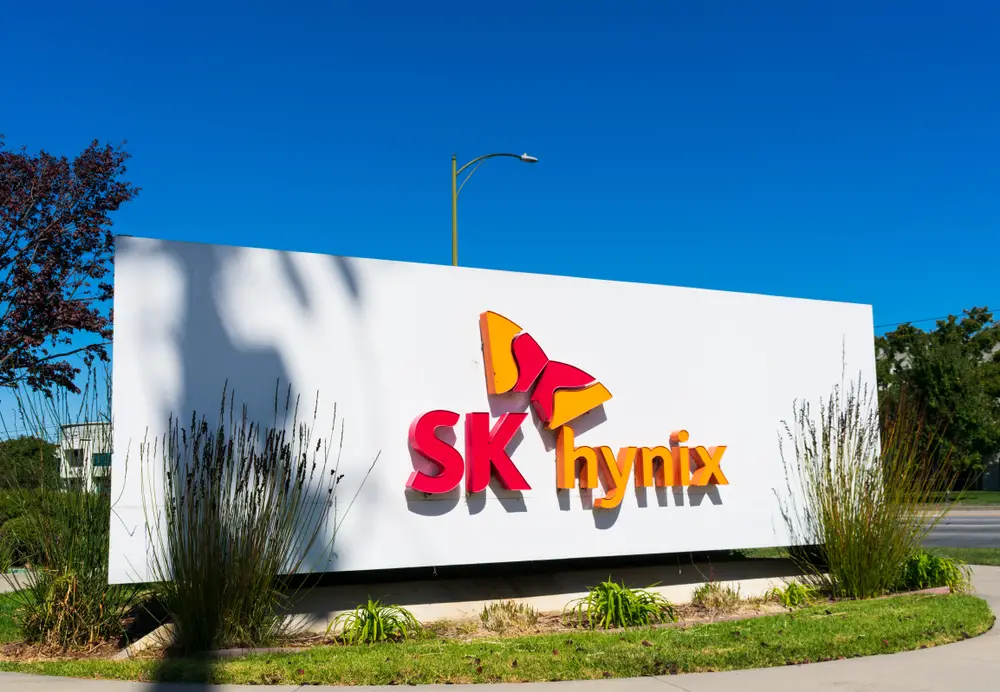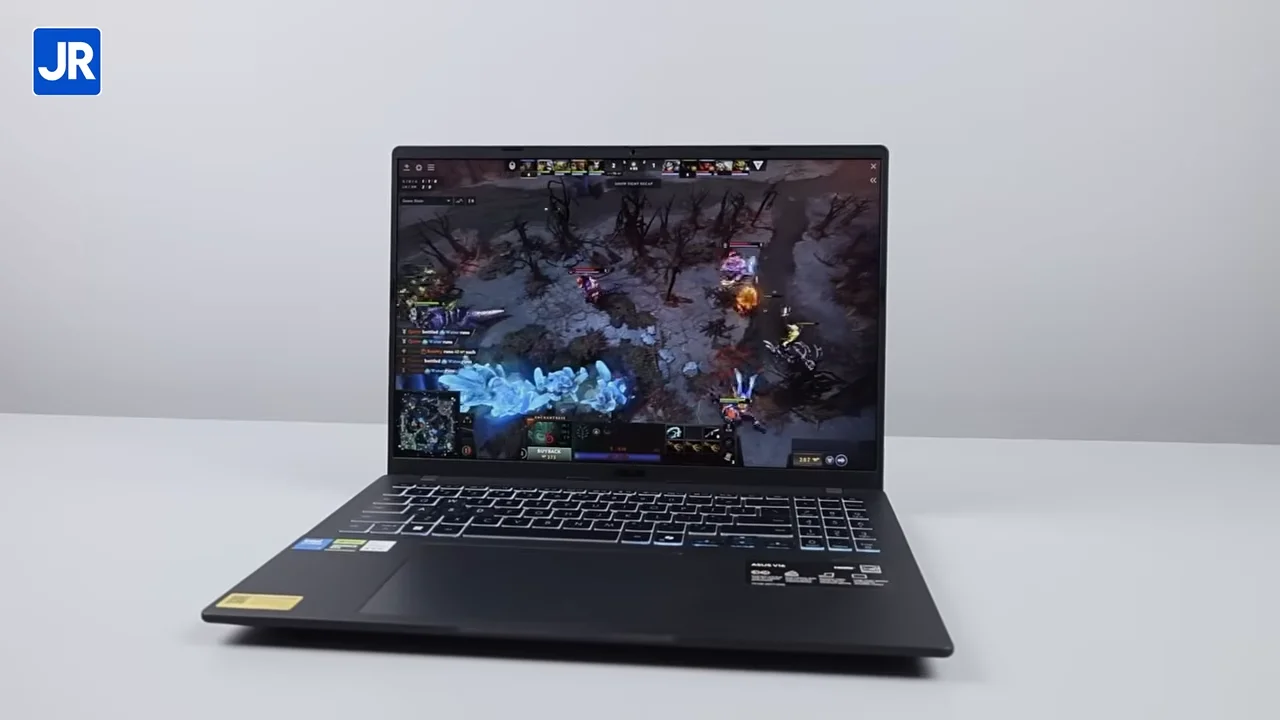Overclocking the GeForce GTX 590
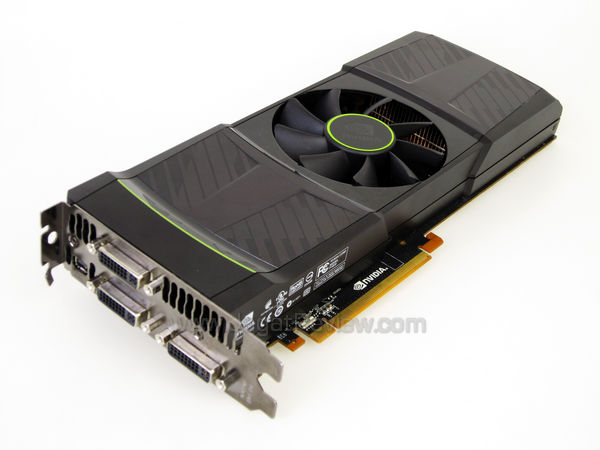
Weeks have passed since NVIDIA introduced the GTX 590, its double-GPU flagship that is essentially two GTX 580s combined together on one board. This graphics card is armed with a pair of GF110 graphics chip, the same one found on GTX 580 cards.
At US$ 699, the GTX 590 is a luxury only few gamers could afford. But those who could actually obtain one will be rewarded with plenty of graphics processing power far beyond that of the other cards in NVIDIA’s current lineup. Under default condition, the GTX 590 performs admirably in games. So, what will happen if we push this beast to the limit? That’s what we are trying to find out in this article. By overclocking the GTX 590, we hope to achieve an even higher level of performance than what is already provided. Before we get on to that, let’s take a look at the technical specifications first.
NVIDIA GeForce GTX 590
Specification

The two GF110 chips on the GTX 590 are similar to the one used on the GTX 580. On the GTX 590, however, their operating frequencies are lowered down. Theoretically, we should be able to bump the clockspeed up so that the GTX 590 could behave more like a pair of GTX 580 put together in SLI. It remains to be seen whether or not we could actually do that in reality though.
Overclocking
There are videos on the internet demonstrating how the GTX 590 could easily be killed off by increasing its voltage. We decided to go the safer way around and attempted to squeeze as much megahertz from it as possible while keeping the voltage at default level. When we did raise the voltage, we only applied some modest increments. MSI Afterburner is used to carry out the over clocking. We also replaced our standard 800-watt PSU with a 1050 watt power supply to anticipate the increased power consumption.
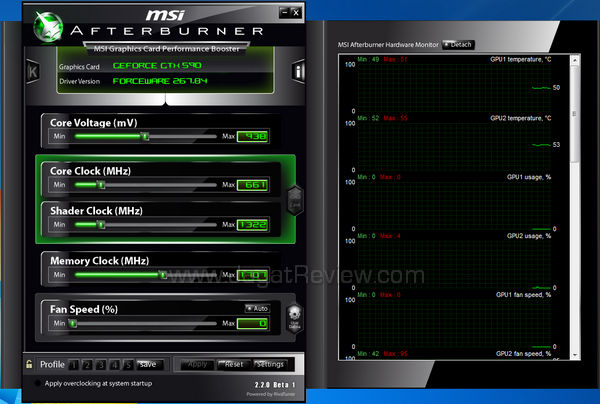
In our first attempt, we managed to increase the core frequency to 661 MHz, which is fairly safe because we did no modification to the voltage setting. The fan speed is set manually at 95%.
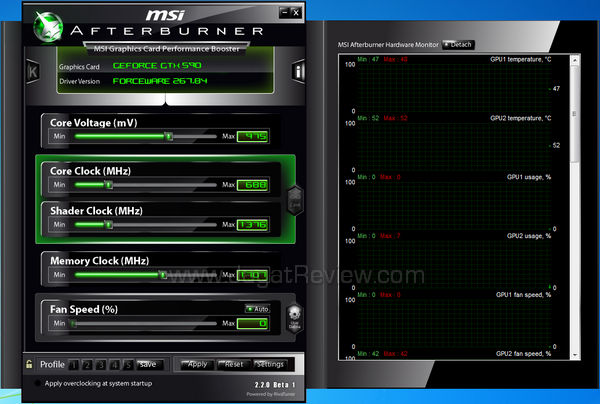
We increased the voltage from 0.938 (default) to 0.975 V in our second attempt, resulting in a core frequency of 688 MHz. Fan speed is also maxed out at 95%.
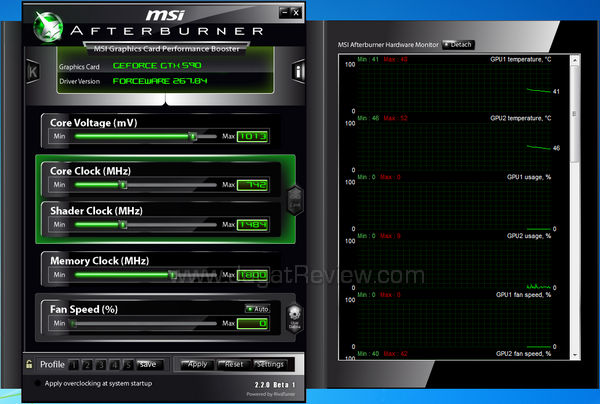
We’re a bit curious about how far the GTX 590 could be overclocked, so we decided to increase the voltage to 1.013V. This gives us 742 MHz of core clock and a memory frequency of 3600 MHz.

